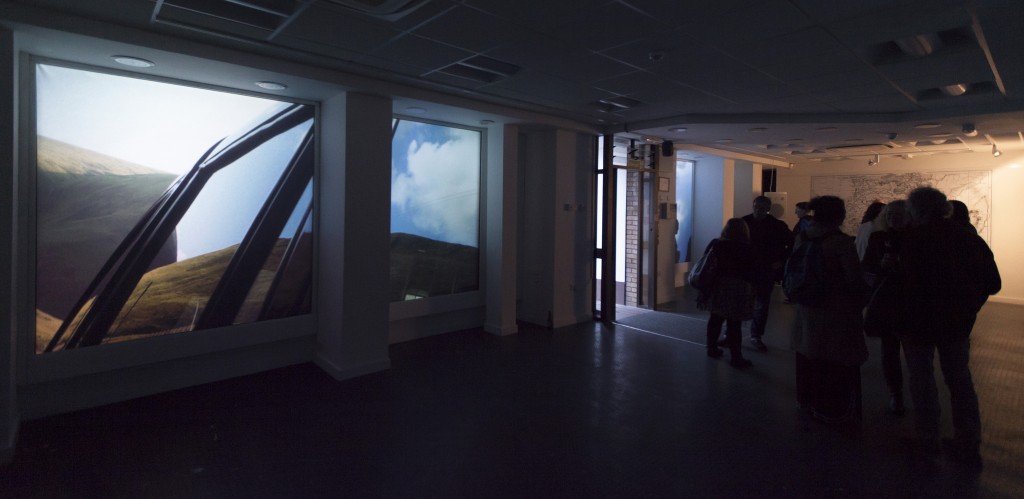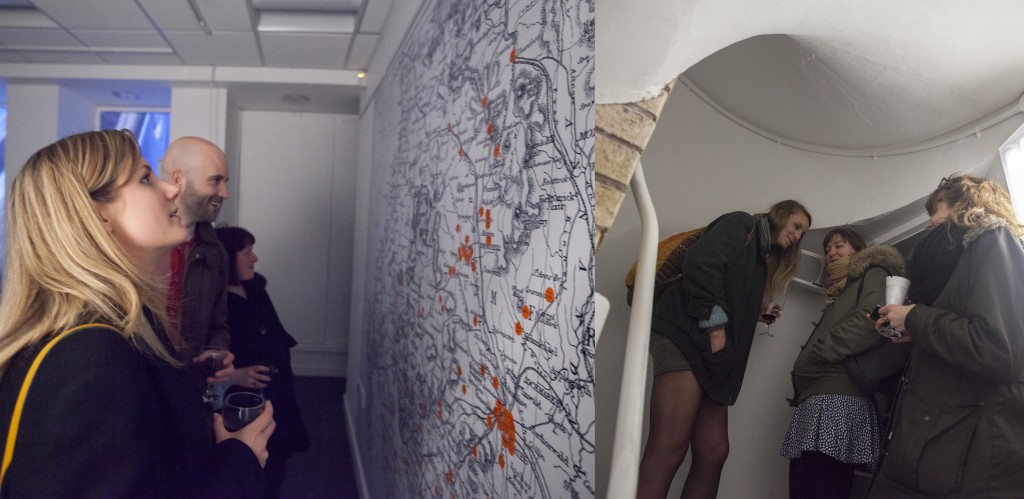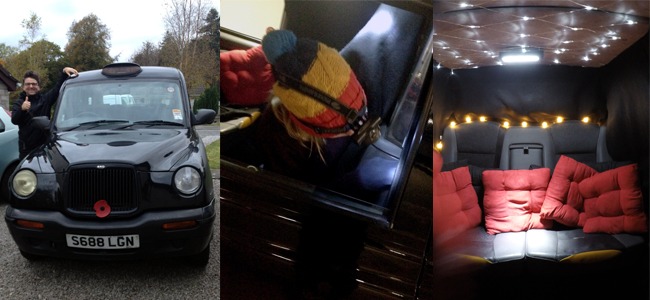By Gerard McKeever
It’s easy to forget just how extraordinarily important the places where we live are. They are our frame, our point of reference, and a huge portion of the real detail of life. This capacity of the land to shape us takes on a special dimension when we have either lived somewhere for a very long time or spent the early years of our life there. I was born in Upper Nithsdale and spent the best part of two decades in the area before leaving for the city. It is a familiar narrative: the draw of study, work, and a faster pace of life. Yet, as a creative person, I am increasingly aware of the influence of D&G on my thought processes—a language of place through which much of my work is communicated. Because of this, and because of a longstanding ambition to return to the region, Mark Lyken and Emma Dove’s recent Hame installation for The Stove Network resonated with me.
Perhaps one reasonable working definition of art could be: a community talking to itself about itself. This was a fascinatingly literal instance of that process, with audio clips of people discussing their relationships contextualised against meditative imagery of the area. Seeing the places we know celebrated and examined in this fashion makes them more real and more vital. It is a process of validation through which both the bonds and the divides in our community are exposed. The installation made us question which voices were included and which were not—whose particular home was being offered a platform?
On a formal level, the piece made use of the suggestive space of 100 High Street, succeeding in creating a feeling of audience participation through its non-linear looseness. At the risk of overstating the point, wandering through the multiple levels of the installation captured something of the jagged, contingent nature of our existence in place. If and when the piece is transposed into a linear production, it will undoubtedly be engaging but very different, precisely calibrated as it was to radiate from the town centre. Lyken and Dove guided us through a mixture of voices that spoke with the random authority of community. From recollections of a previous era to the impressions of youth, for two weeks, The Stove became an open archive of shared experience. Just as ‘hame’ doesn’t quite mean the same as ‘home’ to me, all the small details and nuances of life in D&G carry a particular shading. It was this peculiar quality of rootedness that the installation articulated so well. Fortunately, Hame was also too stylish to fall into the traps of tourist information or museum exhibits that a piece of its nature might otherwise face.
The Stove is a commendable effort to further invigorate a growing community of creative people in and around Dumfries and, in doing so, contribute to the revitalisation of the town centre. As one of the many young locals living elsewhere but with half an eye on home, I find projects like this encouraging. Alongside the growing number of music festivals in the region, the successes of Spring Fling and other arts events, D&G seems to be building towards a creative critical mass—a blossoming that is being noticed on a national level. Perhaps we don’t need to look so far away after all if we have these things at hame.

Images © Colin Tennant












